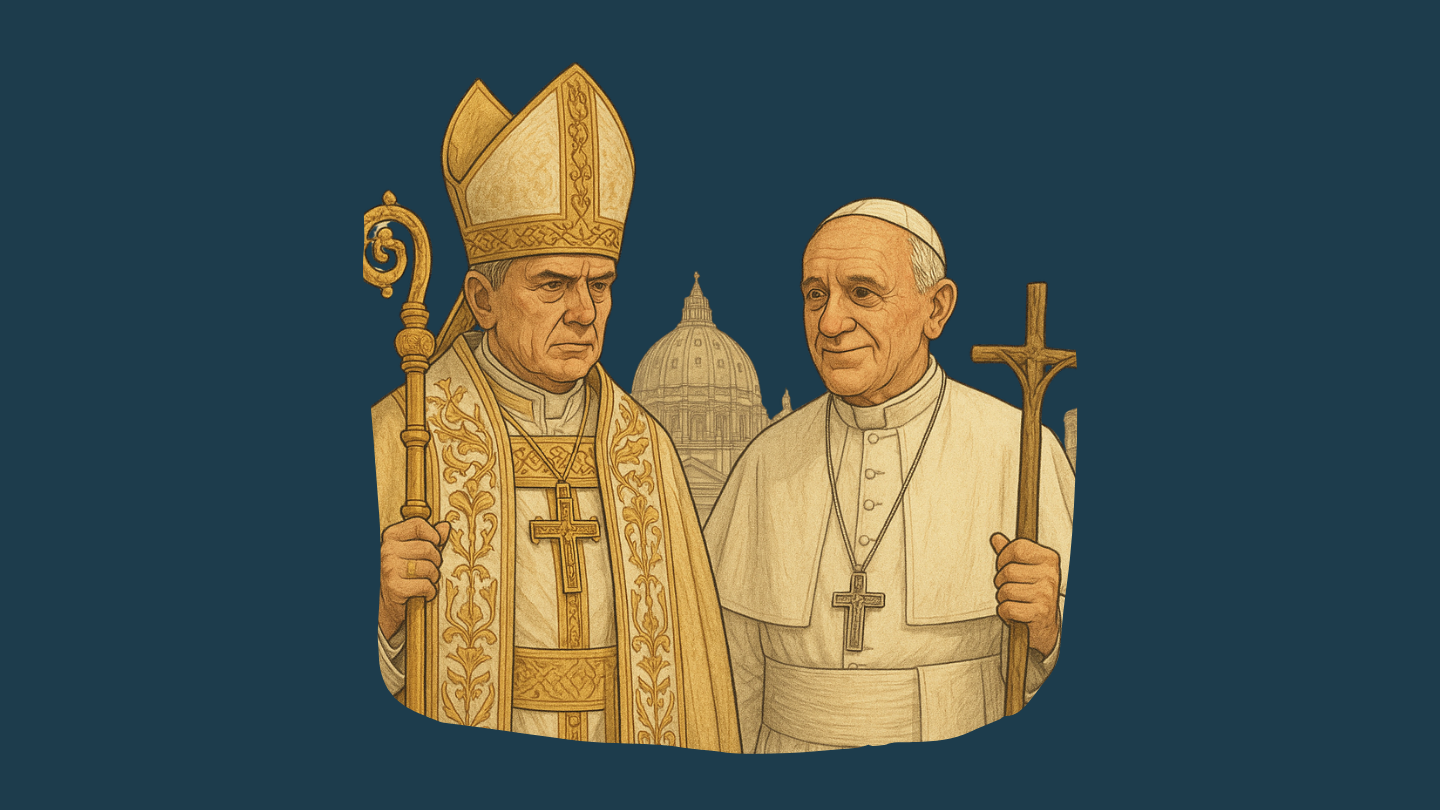(to) rise
intransitive
Commonality score: 1 (very common)
Translations
Arabic: يرتفع / ينهض
Chinese (Mandarin): 上升 (shàngshēng), 升起 (shēngqǐ, for "rise up physically")
French: Monter, S’élever
German: Steigen, Aufstehen
Hindi: उठना (uṭhnā), बढ़ना (baṛhnā, for "increase")
Japanese: 上がる (あがる, agaru), 昇る (のぼる, noboru, for "ascend")
Korean: 오르다 (oreuda), 떠오르다 (tteooreuda, for "rise up")
Polish: Wzrastać, Powstawać
Portuguese: Subir, Elevar-se
Russian: Подниматься (podnimat’sya), Вставать (vstavat’, for "stand up")
Spanish: Subir, Elevarse
Thai: ลุกขึ้น (luk khuen), เพิ่มขึ้น (phoem khuen, for "increase")
Turkish: Yükselmek, Kalkmak
Vietnamese: Tăng lên, Mọc lên (for "rise up")
Empty space, drag to resize
Whilst every care has been taken to ensure accuracy, translations could be misleading. Check with your teacher if you are unsure.
Don't see your language? Try Google Translate
Don't see your language? Try Google Translate
Type of Verb?
Verb (Intransitive)
- Intransitive: Does not require a direct object.
- Example: "The crowd rose to their feet "
Definition/s
- To move upwards.
- To increase in quantity, amount, or level.
- To get up from a sitting, lying, or kneeling position.
- To ascend to a higher position, status, or prominence.
- To appear above the horizon or come into view.
Verb Forms
(to) rise
Base Form
rose
Past Form
risen
Past Participle
rising
Present Participle (-ing)
rises
-s Form
Examples
- Smoke began to rise from the chimney as the fire was lit.
- The temperature will rise steadily throughout the week.
- After the ceremony, everyone rose to leave the hall.
What are Openers?

- Openers are conversation starters you will use to participate in a discussion. They come in three forms:
1. Open Questions
- Ask an open question and understand your conversation partners’s views.
- Make sure to ask follow ups, and remember: this is a conversation, not an interview!
2. Stories
- Tell a personal story. Something that has happened to you, or somebody you know.
- Or tell us about something that you have done or seen.
- Your conversation partners must then follow up with you or reciprocate with their own stories.
3. Opinions
- Share an opinion about something that the content has inspired.
- Respectfully identify any agreement or disagreement there is in the room.
What are Openers?

- Openers are conversation starters you will use to participate in a discussion. They come in three forms:
1. Open Questions
- Ask an open question and understand your conversation partners’s views.
- Make sure to ask follow ups, and remember: this is a conversation, not an interview!
2. Stories
- Tell a personal story. Something that has happened to you, or somebody you know.
- Or tell us about something that you have done or seen.
- Your conversation partners must then follow up with you or reciprocate with their own stories.
3. Opinions
- Share an opinion about something that the content has inspired.
- Respectfully identify any agreement or disagreement there is in the room.
The Skinny
You’ve been asked to brief a senior executive (the “boss”) on a key issue from a recent business news event. This person is busy and relies on you to give them insight, not headlines.
You have 60–90 seconds to deliver a concise, high-value update tailored to their concerns and communication preferences.
1. Read the boss profile carefully.
- Who are they?
- What do they care about?
- What do they not want to hear?
2. Stick to their focus.
- What part of the story matters most to them?
- Don’t explain everything—prioritise.
3. Use business English.
- Be clear, precise, and professional.
- Avoid informal or emotional language.
Two Papal Styles: Clerical vs. Pastoral

Not all popes lead the same way. Some focus more on rules and tradition, while others focus on care and connection. These two styles are often called clerical and pastoral.
Understanding the difference can help us see why Pope Francis felt so different from past leaders—and why some people loved his style while others disagreed with it.
Understanding the difference can help us see why Pope Francis felt so different from past leaders—and why some people loved his style while others disagreed with it.
🟣 Clerical Style
- Focuses on rules, tradition, and Church authority
- Speaks with clear, firm direction
- Keeps strong boundaries between Church leaders and members.
Example: A clerical pope might defend strict Church teachings on family or sacraments.
🟢 Pastoral Style
- Focuses on compassion, listening, and inclusion
- Tries to meet people where they are.
- Emphasises mercy over judgment.
Example: A pastoral pope might welcome divorced people or support migrants and the poor.

